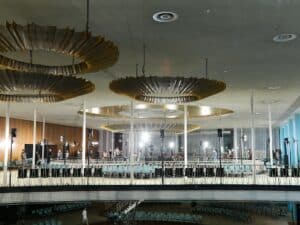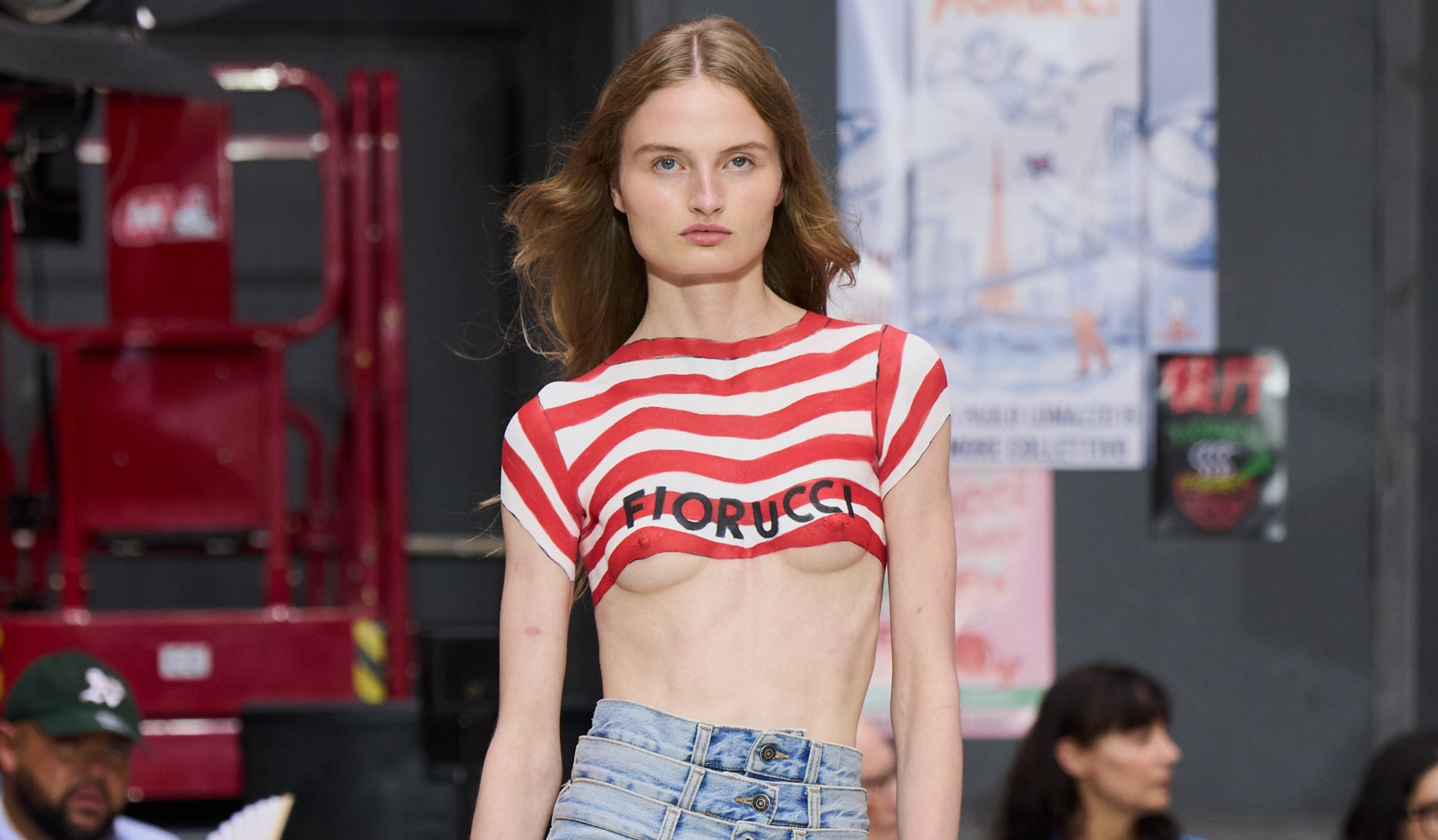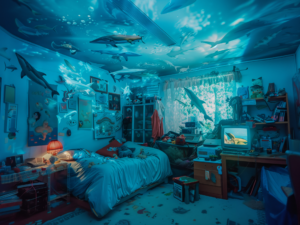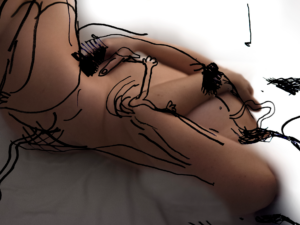Heji, can you tell us what inspired you to create the Baby series?
I can’t remember a direct inspiration. I had bloody pictures of births and babies in my head that I wanted to create as a photograph.
What was the genesis? How did you find the mothers?
I approached pregnant women on the street. It was difficult, at first none of the women really wanted to participate. Later, I went to hospitals and also to birthing centers. I went to very different places where you meet pregnant women, pregnancy yoga, and swimming groups, for example. None of this was really successful until I met three midwives who I was able to convince about my work.
What difference did the midwives make?
There is a strong trust between the midwives and the mothers. So, rather than trying to approach the mothers themselves, it was easier to first convince the midwives about my project, who then convinced mothers. In the course of this, I learned a lot about the situation of midwives and their working conditions. Although this is not really part of the theme of the work, it is interesting to see the differences between births in hospitals, birthing centers, or simply with the families at home. Watching a midwife giving birth at home is very different from a medically assisted birth in a hospital.
How did the mothers react to the images?
My agreement with the mothers was that I would take pictures of them giving birth and they would receive the images of moments that were captured later. The mothers were given different photos than the ones I later used for the work. The mothers I talked to afterward liked the work.
You intensify the bloody and brutal nature of childbirth through light and contrast. Do you think the perceptions around the topic of birth should change?
I don’t want to convey a message with these images. I show it as I saw it. Besides, the baby pictures are not true-to.life. You only see a part of the situation, and even that part is taken out of context. The light and the staging are merely aesthetic decisions for me.
But you seem to play on a kind of taboo by making something visible that otherwise remains invisible.
I really don’t believe that work in itself has a social or societal aspect. What interests me is a contemplation of nature. It has different sides, a spectrum of meaning. This tension of different meanings is much more interesting.
We live in a time where gender roles are losing their value. Couldn’t your work also be understood as a commentary on femininity?
The images contain something that is absolutely beyond these socio-political themes. It is about something much more primary.
In a conversation with Whitney Biennial curators, you say that birth is very similar to death. What do you mean?
Birth and death reflect the raw and brutal nature of human existence. Unlike death, the Baby series does not negotiate what is leaving the world, but what has not yet arrived in it.
The Baby series was named by the New York Times as one of 25 works of art that define our age. What makes Baby relevant in your eyes?
I think attention is drawn to the openness used in the images to show the brutality of nature.
Can you say something about the technical process?
I’ve worked with artificial light a lot. The light that you see in the pictures is mostly a mixture of spotlights, like those you actually have in hospitals, and other photo lamps.
What role does photography play for you?
The drama of certain realities is often challenging to convey in pictures. You can’t really express certain emotions because they happen internally. Strangely enough, it often seems more real when they are staged artificially. Most people are more interested in such aesthetic and cinematic moments than in how it really looks. That’s what makes photography interesting for me: the possibility of isolating and intensifying an expression of authenticity. The tension between inner and pictorial reality. For example, the births often look more authentic to the viewer than they would in reality. Because there is no exact idea of what the essence of these things looks like. This is, of course, very universally imagined and has nothing to do with photography alone. The symbolic power that the image unfolds, or can unfold, is primitive in a way.
Primitive in what way?
When you see a pictorial representation of reality, you often understand the thing behind it better than if you had to analyze reality. I think we’re in the instinctive realm of the psyche here. People usually aren’t able to look at things analytically. But if you can isolate something essential in the image, people understand it much more easily. This is especially true for such a physical experience as birth. I find attempting to explain the world only analytically or socio-politically to be totally counterintuitive.
You don’t think analytically?
No, I’m not analytical. That’s why my memories of how the work was created are blurred. Decisions are always easier to analyze and explain in retrospect. That doesn’t mean I knew what I was doing every moment I worked on Baby. But at the moment, I’m also observing a movement towards devaluing the intuitive as an approach and trying to analyze everything politically. You can see that there is a moral conflict between word and image. But the eye cannot be moral.
And what intuition do your Baby pictures convey?
The first association is death, pain, the original, and the unknown. Not what you see when you look a person in the face during a conversation.






